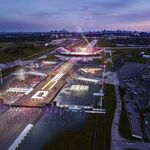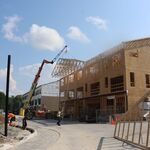wild goose chase
Active Member
One difference is German mass immigration to cities wasn't really "a thing" in Canada, like it was in the US. German immigration to Canada was mostly to rural areas (and in the Prairie provinces in the early 20th century it was mostly Volga Germans, few came directly from Germany). In contrast cities like Chicago, Milwaukee, St. Louis and Buffalo received very large numbers of German immigrants. Today a plurality in Pennsylvania and the Midwest are of German ancestry.
I still get the impression that German ancestry is still more associated with rural areas (or at least associated with small, Midwestern towns etc.) than urban areas, even in the US. Also, I guess it's like how Eastern European immigration (like the Ukrainian homesteaders) I think was also far more rural in Canada than in the US too.
One thing that seems kind of surprising is that looking at the census stats, quite a lot of Canadians speak German at over 600, 000 in 2006. I didn't expect it to be that high, especially since the US has somewhere between a million and a million and a half German speakers, despite having much more German-descended people not only in absolute but in proportional terms. Don`t know if that means German-Americans arrived earlier and had more time to be assimilated than their Canadian counterparts, or if German-Canadians preserved their language and/or culture more?
Last edited:





